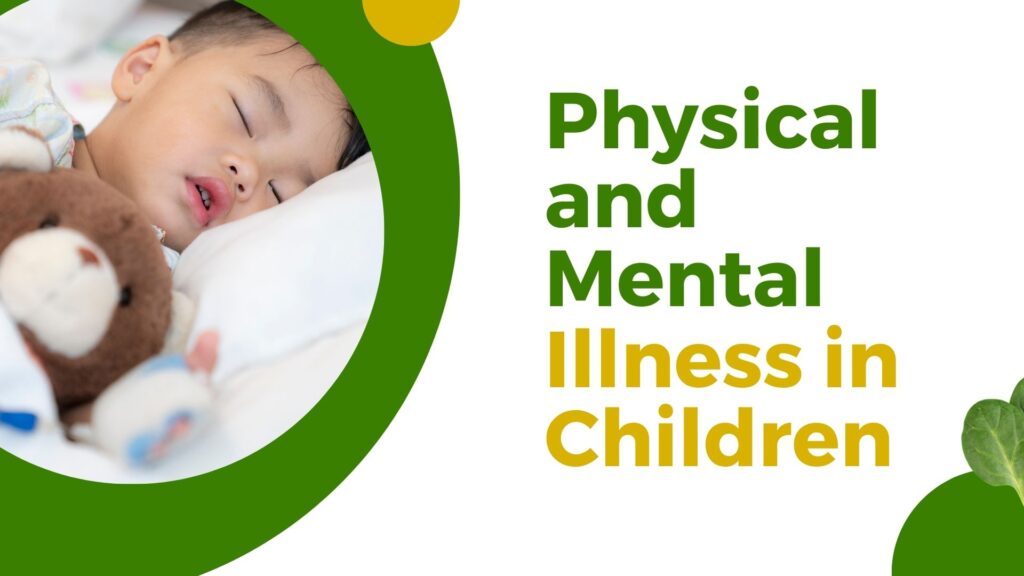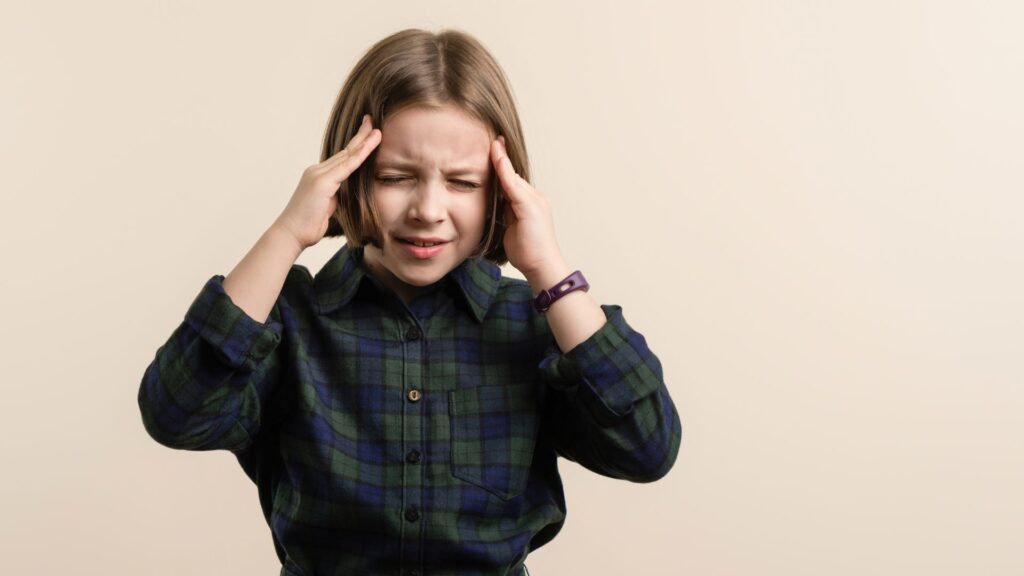
All babies, toddlers, and children go through most of the common childhood illnesses. These illnesses can have a significant impact on a child’s well-being and development. While many childhood illnesses are mild and resolve on their own with time, others require medical intervention and may lead to complications if left untreated. Vaccinations have played a crucial role in preventing the spread of many childhood illnesses, greatly reducing their prevalence and severity. Not just physical illnesses, mental illnesses are also common among kids these days. Mental illnesses in children can manifest in various forms, impacting their emotional, cognitive, and behavioral development.
Despite advancements in medicine and healthcare, childhood illnesses remain a concern for parents and caregivers worldwide. It’s essential for parents to stay informed about the signs and symptoms of common childhood illnesses and seek medical attention promptly when necessary to ensure the best possible outcomes for their children.
Let’s discuss some of the common physical and mental illnesses in children :

Physical illnesses
Respiratory and ENT Infections: Respiratory infections such as colds, flu, bronchitis, strep throat, and pneumonia are quite common among children, especially during the winter months and in areas with high levels of air pollution. Ear Infections, mainly Inflammation of the middle ear, often caused by bacterial or viral infections are also common in childhood. Symptoms include ear pain, fever, irritability, difficulty sleeping, and sometimes drainage from the ear.
Diarrheal Diseases: Diarrheal illnesses, often caused by contaminated food and water, are a significant concern in India, particularly in rural and impoverished areas where access to clean water and sanitation facilities may be limited.
Malnutrition: Malnutrition, including both undernutrition and overnutrition, is a widespread problem among children in India. It can lead to various health issues, including stunted growth, weakened immune systems, and developmental delays.
Waterborne Diseases: Diseases such as cholera, typhoid fever, and hepatitis are prevalent in areas with inadequate sanitation and clean water supply. Children are particularly vulnerable to these illnesses.
Vector-borne Diseases: Diseases transmitted by vectors such as mosquitoes are a significant concern in India. Malaria, dengue fever, chikungunya, and Japanese encephalitis are among the most common vector-borne diseases affecting children.
Tuberculosis (TB): India has a high burden of tuberculosis, including cases affecting children. TB can affect various parts of the body, including the lungs, and can be particularly severe in children if not diagnosed and treated promptly.
Vaccine-preventable Diseases: Despite efforts to improve vaccination coverage, vaccine-preventable diseases such as measles, polio, and pertussis (whooping cough) still pose a threat to children in India, especially in underserved communities.
Skin Infections: Skin infections such as scabies, fungal infections, and impetigo are relatively common among children, particularly in overcrowded and unhygienic living conditions.
Anemia: It is often caused by iron deficiency and is prevalent among children in India, particularly among those from lower-income families. It can lead to fatigue, weakness, and impaired cognitive development.
Acute Febrile Illnesses: Various acute febrile illnesses, including viral fevers and bacterial infections, can affect children in India, causing fever, body aches, and other symptoms.
Vaccines have greatly reduced the incidence of many childhood illnesses, including measles, mumps, rubella, polio, pertussis (whooping cough), and chickenpox. Most of the childhood illnesses are mild and can go away on their own needing little or no medical intervention. These childhood illnesses also help in building long-term immunity. However, parents and guardians need to keep a watch and take necessary action when symptoms get severe.

Mental illnesses
- Attention-Deficit/Hyperactivity Disorder (ADHD): Symptoms of ADHD in kids are inattention, hyperactivity, and impulsivity. Children with ADHD may have difficulty focusing on a task, controlling their impulses, and may be excessively active.
- Anxiety Disorders: Anxiety disorders in children can include generalized anxiety disorder (excessive worry about various aspects of life), separation anxiety disorder (excessive fear of being away from parents or home), social anxiety disorder (fear of social situations), and specific phobias (intense fear of specific objects or situations).
- Depression: Children can experience depression, which may manifest as persistent feelings of sadness, hopelessness, irritability, changes in sleep or appetite, decreased interest in activities, and difficulty concentrating.
- Autism Spectrum Disorder (ASD): ASD is a developmental disorder that affects social interaction, communication, and behavior. Symptoms can vary widely but may include difficulties in social interaction, repetitive behaviors, and restricted interests.
- Oppositional Defiant Disorder (ODD): ODD is characterized by a pattern of hostile, disobedient, and defiant behavior toward authority figures. Children with ODD may often argue with adults, refuse to comply with rules, and deliberately annoy others.
- Conduct Disorder (CD): Conduct disorder involves persistent patterns of behaviour that violate the rights of others or societal norms. This may include aggression toward people or animals, destruction of property, deceitfulness or theft, and serious rule violations.
- Eating Disorders: Eating disorders for example anorexia nervosa, bulimia nervosa, and binge-eating disorder are known to affect children and adolescents. Children suffering from these disorders have unhealthy attitudes and behaviors related to food, body weight, and body image.
- Post-Traumatic Stress Disorder (PTSD): Children who experience or witness traumatic events may develop PTSD. Symptoms can include flashbacks, nightmares, avoidance of reminders of the traumatic event, hypervigilance, and changes in mood and cognition.
- Obsessive-Compulsive Disorder (OCD): OCD involves unwanted, intrusive thoughts (obsessions) and repetitive behaviors or mental acts (compulsions) aimed at reducing anxiety or preventing perceived harm. Common compulsions in children may include excessive handwashing, checking, or counting.
- Schizophrenia: Although rare, schizophrenia can occur in children. Symptoms may include hallucinations, delusions, disorganized thinking, and abnormal behaviors.
It is difficult for parents sometimes to notice and accept mental illness in children. It is often seen as the child being stubborn, disobedient, and excessively naughty. As a result, many kids who could be helped by treatment do not get the help they need. Early detection and intervention are crucial in addressing mental health challenges in children. If diagnosed and managed in time, it promotes the well-being and resilience of children as they navigate their developmental journey. Supportive environments, therapy, and sometimes medication can aid in managing symptoms and fostering healthy growth and development.
